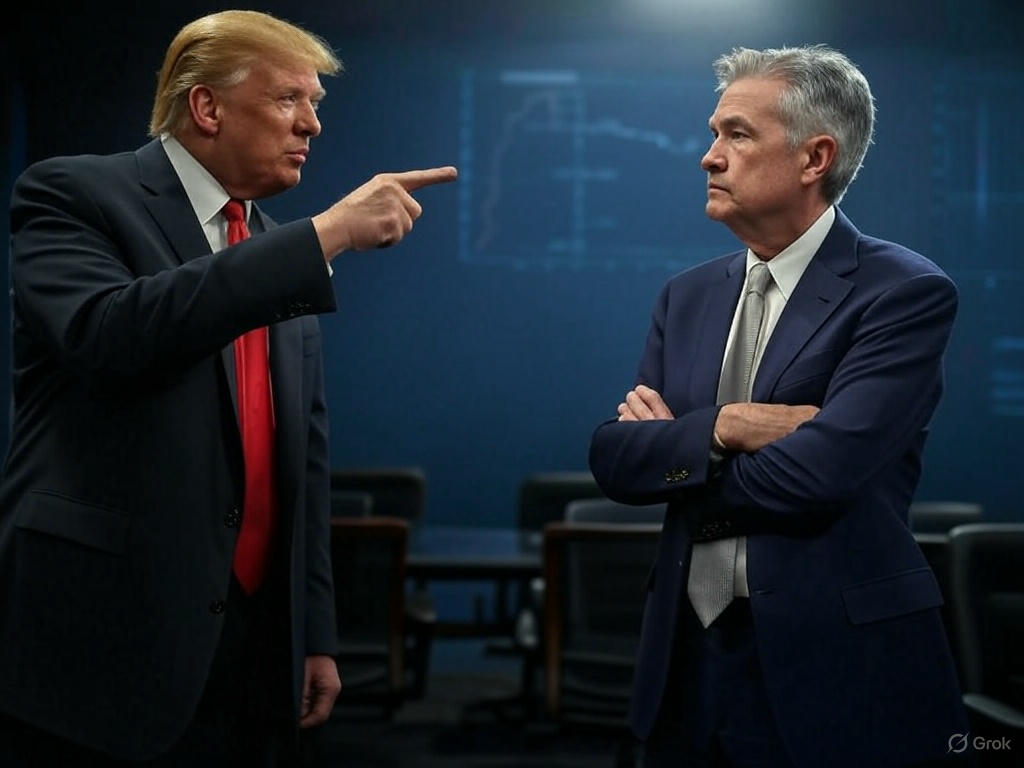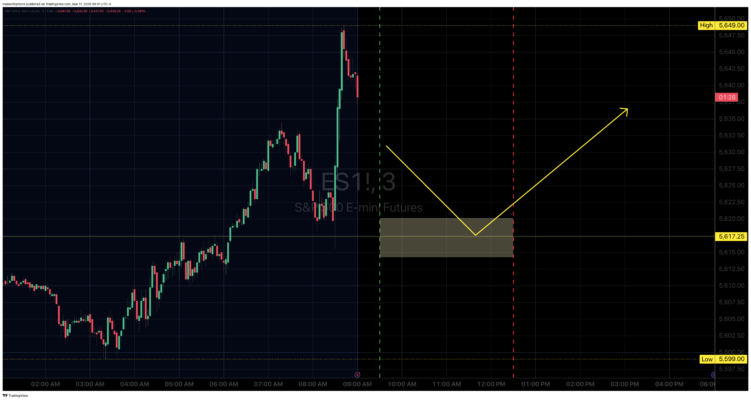In the precise game of 0DTE OTM Butterfly trading, your edge depends entirely on clarity and situational awareness. Your asymmetric strategy—built on a disciplined 10% debit rule—is robust enough to handle minor losses without sweat. But precision execution separates profitable traders from those left wondering where their big win disappeared.
With quarterly futures expirations like the March-June rollover highlighting the importance of picking the correct expiry, there’s no better time to reinforce your situational awareness. Mistaking an AM expiry for your standard PM 0DTE butterfly isn’t just an annoyance—it’s the end of your carefully planned asymmetry. Imagine expecting a powerful afternoon move only to find out your contracts expired in the morning. Your 9x payoff? Instantly erased by a simple oversight.
The Invisible Traps of 0DTE Trading
In the zero-days-to-expiration landscape, subtle factors like volatility, liquidity, and gamma timing can derail your trade if you aren’t dialed in. While your trade structure inherently limits the downside, situational awareness is your shield against missed opportunities:
- Volatility Missteps: Misreading the volatility environment can leave your butterflies lifeless. A sudden VIX drop triggered by a calm Fed announcement from Chair Powell can evaporate premiums, stranding your potential profit.
- Gamma Risk Timing: Gamma peaks late in the day, amplifying risk and reward. Misjudging the timing—perhaps expecting a move too late—could mean your trade expires worthless or entirely misses the big payoff.
- Liquidity and Execution: A sudden tweet from someone influential like Elon Musk can spike or tank the market, instantly widening spreads. Poor liquidity at the wrong moment turns tight execution into a costly blunder.
Build Your Situational Awareness Routine
Instead of navigating the markets blind, build situational awareness into your daily routine. Confirm critical details each day:
- Expiry and Contract Verification: Make it second nature to confirm your PM expiry and active futures contract every morning, especially around quarterly expirations.
- Economic and Event Calendar: Quickly review scheduled economic releases and notable Fed speakers or events. Know when Fed Chair Powell or other key figures speak so market moves don’t blindside you.
- Gamma Window Identification: Recognize key gamma windows—when your trade is most sensitive to price changes—and plan accordingly. Anticipate your actions in these critical moments rather than react impulsively.
Never Let Sloppiness Steal Your Asymmetric Edge
You’ve mastered the art of limiting downside; don’t let execution mistakes rob you of substantial upside. Situational awareness is more than risk avoidance—it’s profit protection. Without it, your carefully crafted butterfly can fail to deliver on the promise of extreme asymmetric reward.
Stay Sharp with Professional Coaching
Sharpening situational awareness requires discipline, practice, and the right mentorship. At 0DTE Coaching, we train traders on precisely these nuances, turning disciplined situational awareness into a powerful trading advantage. Our coaching emphasizes real-world market scenarios, practical risk management, and precise execution strategies that keep your edge razor-sharp.
Are you ready to take your 0DTE butterfly trading from good to exceptional? Join the 0DTE coaching program and harness the power of professional-grade situational awareness. Click HERE to apply.




 For years, the
For years, the  Trump’s economic strategy is radically different. His administration, backed by the
Trump’s economic strategy is radically different. His administration, backed by the 
 The Setup: Bad News Turns Bullish
The Setup: Bad News Turns Bullish
